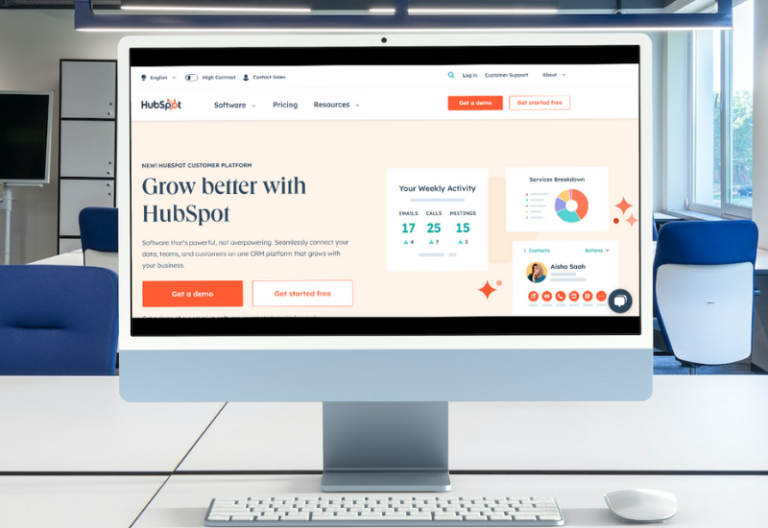One of healthcare providers’ biggest challenges is ensuring the secure storage, access, and transmission of electronic protected health information (ePHI). Doing so enables them to comply with Health Insurance Portability and Accountability Act (HIPAA) rules. To address this challenge, they should use HIPAA compliant shared drives as part of their data security measures.
Here are the benefits and risks associated with utilizing a HIPAA-compliant shared drive.
Table of Contents

Potential File-Sharing Risks
Potential risks exist when patient data is stored, maintained, and transmitted electronically. It pays to take proactive measures to minimize these risks. Some common challenges include:
- Employee negligence – Some data breaches occur because of staff neglect. For instance, they may leave shared drives open or access ePHI in a public area. Minimize this risk by implementing secure workflows, providing controlled access to data, and providing regular HIPAA Training.
- Unsecure software – Failing to use secure company software is one of the common lapses related to data breaches. Regularly update software to avoid cyber-attacks on your computer system. Additionally, conduct risk assessments to quickly address security threats in software and other tools.
- Third-party carelessness – HIPAA rules also cover healthcare organizations’ business associates (e.g., software or services you use provided by another vendor, such as online fax). Require third-party providers to sign a business associate agreement (BAA) outlining their responsibilities in protecting ePHI.

What Is a HIPAA Compliant Shared Drive?
A HIPAA-compliant shared drive is a secure and centralized storage system. It enables healthcare organizations to maintain, access, and share ePHI while complying with strict HIPAA Rules. By using this tool, healthcare staff and organizations add an extra layer of security to patients’ ePHI.
Why Is HIPAA Compliance Crucial for Shared Drives?
If healthcare organizations understand the importance of HIPAA, they will use a HIPAA compliant shared drive. Failure to comply with HIPAA Privacy and Security Rules can lead to severe penalties, including massive fines and reputational damage. Using a secure shared drive can help organizations demonstrate their commitment to protecting patient information while building trust with stakeholders.
Key Features of HIPAA Compliant Shared Drives
Data encryption and protection
A HIPAA-compliant shared drive uses robust data encryption techniques to safeguard ePHI. Encryption ensures data is securely transmitted and stored, preventing unauthorized access or interception. Look for shared drive platforms offering encryption protocols, such as SSL/TLS, to protect data stored in electronic devices and transmitted over data exchange networks.
Access control
Access control is part of HIPAA Security Standards and one of the vital features of HIPAA-compliant shared drives. It allows organizations to give authorized users access to only the minimum necessary information needed to perform their jobs. Limiting access to ePHI reduces the risk of unauthorized disclosure or data breaches.
User authentication
User authentication is another critical component of HIPAA compliance for shared drives. It verifies the identities of those who access shared drives, minimizing the risk of unauthorized access. The HIPAA Journal suggests using multi-factor authentication (MFA) or two-factor authentication (2FA) to verify user identities and add an extra layer of security to the shared drive.
Audit logs and monitoring
Medical facilities should ensure their shared drives have built-in audit logging capabilities that track user activities, such as file access, modifications, and deletions. Monitoring these logs helps identify unauthorized or suspicious activities. In case of a data breach, organizations can refer to these audit logs to analyze the extent of the breach and act accordingly.
Data backup and recovery
An efficient HIPAA-compliant shared drive provides an automated backup and data recovery method. Regularly back up data to ensure data availability at all times. Doing so also protects ePHI against data loss or unexpected system failures.

How to Create HIPAA Compliant Shared Drives
Choose a HIPAA-compliant platform
Selecting a HIPAA compliant shared drive platform is the first step toward creating a secure storage environment. Look for providers offering HIPAA-specific features and strong security controls and have undergone third-party audits to verify compliance. For instance, if you’re wondering if Google Drive is HIPAA compliant, consider researching its features and get the opinion of experts.
Set up user roles and access controls
Creating well-defined user roles and access controls is crucial for maintaining HIPAA compliance. Define roles based on job responsibilities and assign appropriate permissions to ensure users can only access the data necessary for their tasks. Regularly review and update access permissions to align with staff changes and organizational needs.
Train employees on using HIPAA-compliant tools
Train healthcare staff on using shared drives and the importance of HIPAA compliance. These comprehensive employee training programs should also educate staff on data privacy, security best practices, and the proper handling of ePHI.
Overcome Data Sharing Hurdles With HIPAA-Compliant Shared Drives
A HIPAA compliant shared drive is a secure and efficient means of managing ePHI while complying with HIPAA regulations. Healthcare organizations can mitigate the risks of handling sensitive healthcare data by using a shared drive that adheres to HIPAA Rules. Take time to read reviews on and test shared drive platforms. By following best practices in HIPAA compliance and investing in robust file management systems, businesses can focus on providing quality care to patients.







